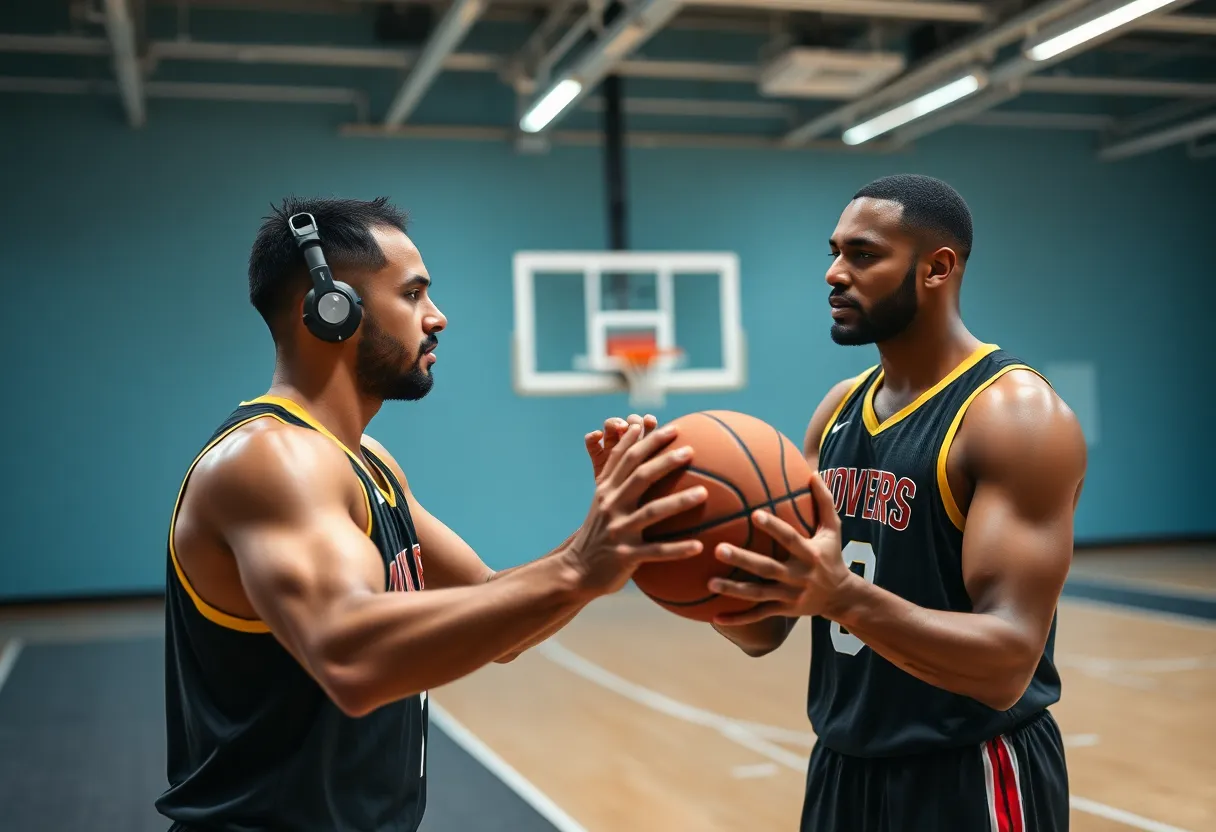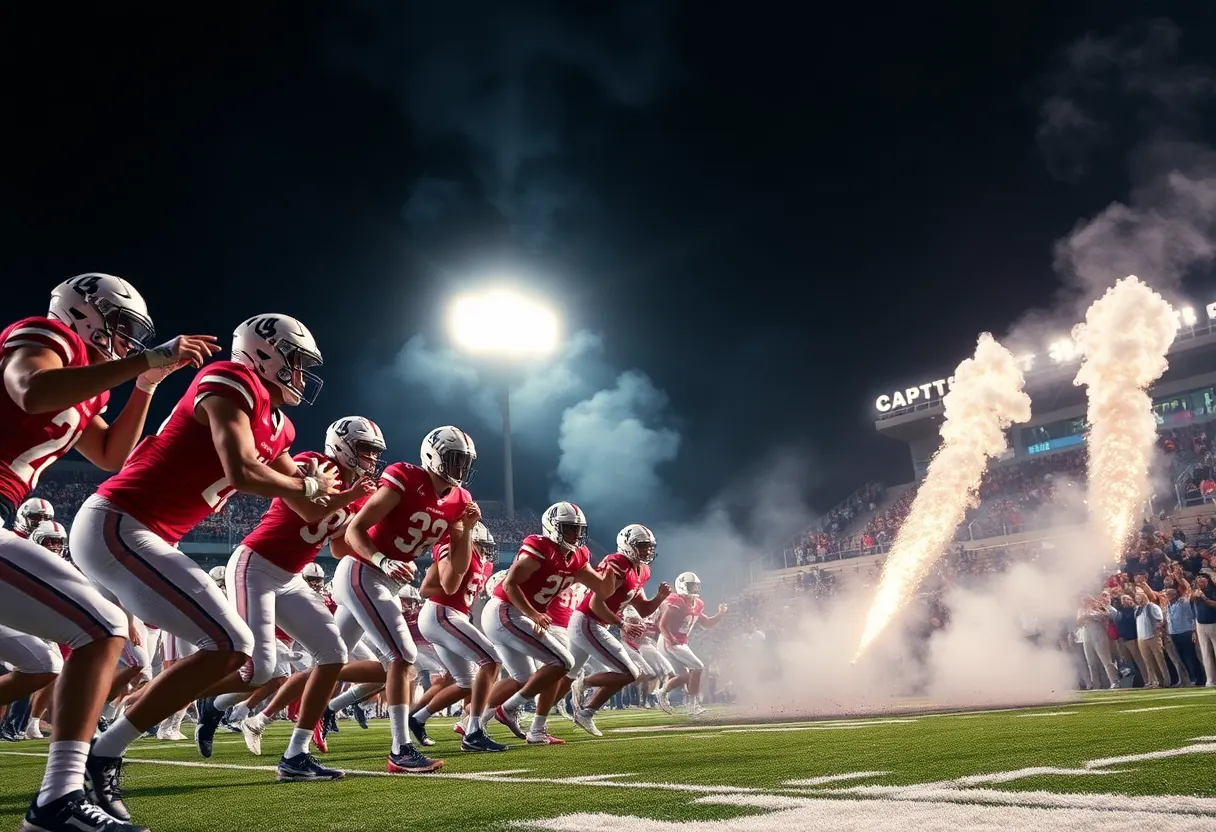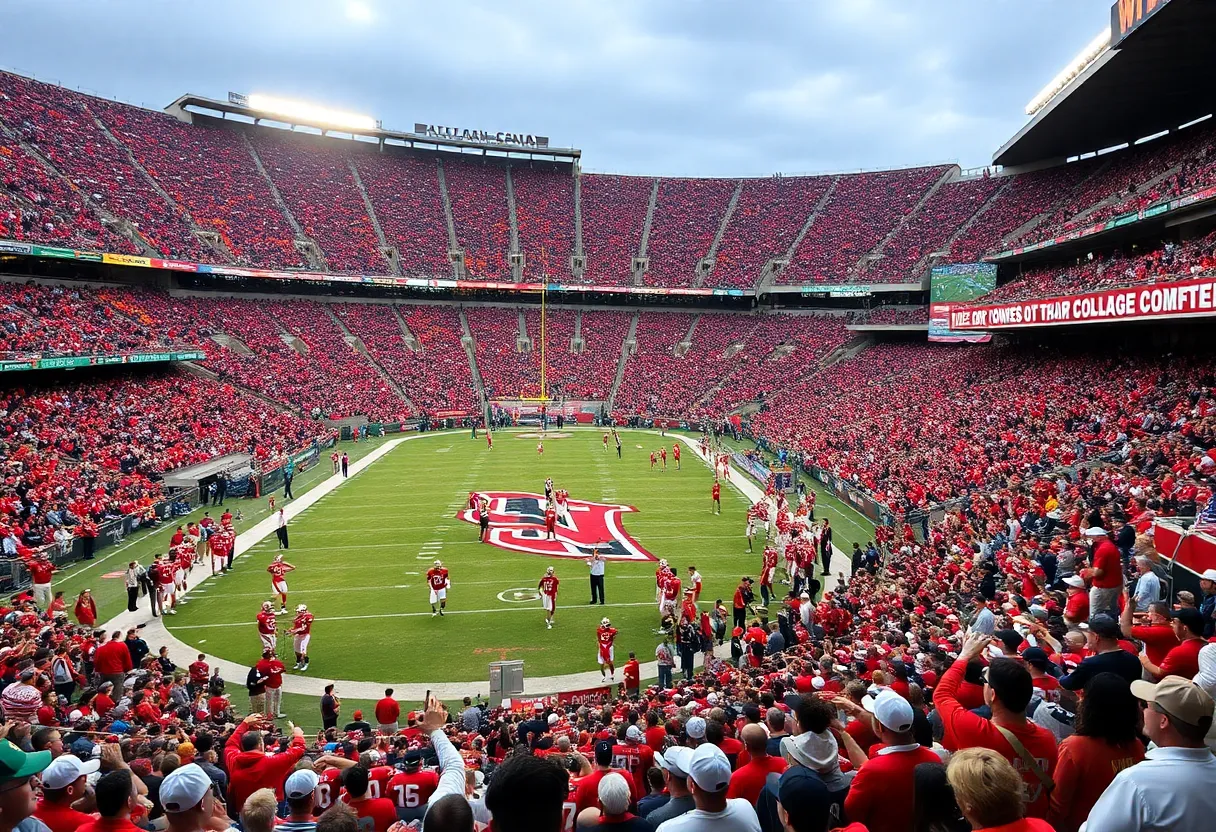Oklahoma City, October 4, 2025
The Oklahoma City Thunder are pioneering a new approach to athlete recovery by heavily investing in rookie Thomas Sorber’s rehabilitation from a torn ACL injury. By incorporating advanced medical expertise and mental conditioning techniques, they aim to reduce Sorber’s recovery time to just six months. This initiative reflects a broader trend in professional sports that utilizes cutting-edge technology to enhance player health and performance, while also impacting Oklahoma’s sports medicine sector positively.
Oklahoma City Business News: Thunder’s Innovative Investment in Athlete Recovery Boosts Local Sports Medicine Sector
Oklahoma City – The Oklahoma City Thunder are directing significant resources toward the recovery of rookie Thomas Sorber from a torn ACL injury, employing a combination of advanced medical expertise and mental conditioning techniques. This investment aims to accelerate Sorber’s return to the court, potentially reducing his recovery timeline to just six months through innovative rehabilitation methods, including AI-driven therapy.
The approach underscores a growing trend in professional sports where teams integrate cutting-edge technology to optimize player health. For Sorber, this means a tailored program that blends physical therapy with psychological support, designed to address both the physical demands of the injury and the mental challenges of prolonged rehabilitation. Team officials view this not only as a direct benefit for the player but also as a strategic move to enhance overall team performance in the competitive NBA landscape.
Details of the Recovery Program
The Thunder’s initiative for Sorber involves collaboration with local medical professionals who specialize in sports injuries. Advanced rehab techniques, such as AI-driven therapy, allow for personalized treatment plans that monitor progress in real-time and adjust exercises accordingly. This technology helps in early detection of potential setbacks, ensuring a more efficient path to recovery. Mental conditioning components focus on building resilience, maintaining motivation, and preventing the psychological toll often associated with serious injuries like a torn ACL.
Typically, recovery from an ACL tear can take anywhere from nine to twelve months for athletes, but the Thunder’s program targets a shortened duration of six months. This aggressive timeline is supported by data from similar cases where integrated tech and holistic care have yielded faster results. The investment in Sorber’s rehab reflects the team’s commitment to retaining young talent and minimizing downtime, which is crucial for a rebuilding roster aiming for playoff contention.
Impact on Oklahoma’s Sports Medicine Sector
This effort highlights Oklahoma’s emerging sports medicine sector, where local clinics are increasingly partnering with professional sports organizations. By involving regional facilities in the Thunder’s program, the initiative fosters innovation and knowledge-sharing within the state’s healthcare community. These partnerships enable clinics to refine their services, incorporating state-of-the-art tools that were previously more common in larger markets like Los Angeles or New York.
The broader implications extend to economic growth in Oklahoma City. As the Thunder positions the area as a hub for athlete recovery, it could draw more professional athletes and teams seeking specialized care. This influx has the potential to create jobs in healthcare, technology, and support services. For instance, demand for sports medicine specialists, physical therapists, and AI tech developers could rise, stimulating local employment and business opportunities. The sector’s expansion might also attract investments from pharmaceutical companies and medical device manufacturers interested in testing new recovery protocols.
Economic and Community Benefits
Positioning Oklahoma City as a destination for athlete recovery carries long-term advantages for the region’s economy. Successful cases like Sorber’s could enhance the city’s reputation, encouraging tourism related to sports rehabilitation and wellness retreats. Local businesses, from hospitality to fitness centers, stand to gain from increased visitor traffic. Moreover, the Thunder’s involvement signals confidence in Oklahoma’s capabilities, potentially inspiring other industries to invest in health tech innovations.
The program’s success could set a precedent for how NBA teams approach injury recovery, with Oklahoma leading the way. This development aligns with broader trends in sports where data analytics and AI are revolutionizing player management. For the state, it means bolstering an industry that combines healthcare with high-tech solutions, creating a ripple effect across education, research, and workforce development.
Background on the Thunder’s Strategy
The Oklahoma City Thunder, known for their savvy management and focus on youth development, have long emphasized player health as a cornerstone of their success. Sorber, a promising rookie drafted in recent years, represents the future of the franchise, making his swift return essential. The team’s decision to invest in such an advanced recovery plan comes amid a league-wide push for innovative medicine, driven by rising injury rates and the high stakes of player contracts.
Oklahoma’s sports medicine landscape has evolved rapidly over the past decade, supported by university research programs and private investments. Facilities in Oklahoma City now boast equipment comparable to top-tier national centers, thanks to collaborations like this one. The Thunder’s initiative builds on these foundations, aiming to not only rehabilitate Sorber but also to pioneer methods that could benefit athletes across sports.
In summary, the Thunder’s investment in Thomas Sorber’s recovery is more than a player-specific effort; it’s a catalyst for growth in Oklahoma’s sports medicine field. By leveraging AI and mental conditioning, the team is shortening recovery times and spotlighting the state’s potential as a recovery hub. This positions Oklahoma City to attract further investments, fostering job creation and economic vitality in the process.
FAQ
What is the Oklahoma City Thunder doing to help Thomas Sorber recover from his torn ACL?
How could the recovery timeline for Thomas Sorber be shortened?
What does this initiative mean for Oklahoma’s sports medicine sector?
How might this benefit the broader Oklahoma City area?
Key Features of the Thunder’s Athlete Recovery Initiative
| Feature | Description |
|---|---|
| Medical Expertise | Blending advanced medical techniques for physical rehabilitation of torn ACL injuries. |
| Mental Conditioning | Incorporating psychological support to aid mental resilience during recovery. |
| AI-Driven Therapy | Using artificial intelligence to personalize and monitor rehab progress in real-time. |
| Shortened Timeline | Aiming for a six-month return to play, faster than the typical nine to twelve months. |
| Local Partnerships | Collaborating with Oklahoma clinics to boost the emerging sports medicine sector. |
| Economic Impact | Positioning OKC as a recovery destination to attract sports investments and jobs. |





